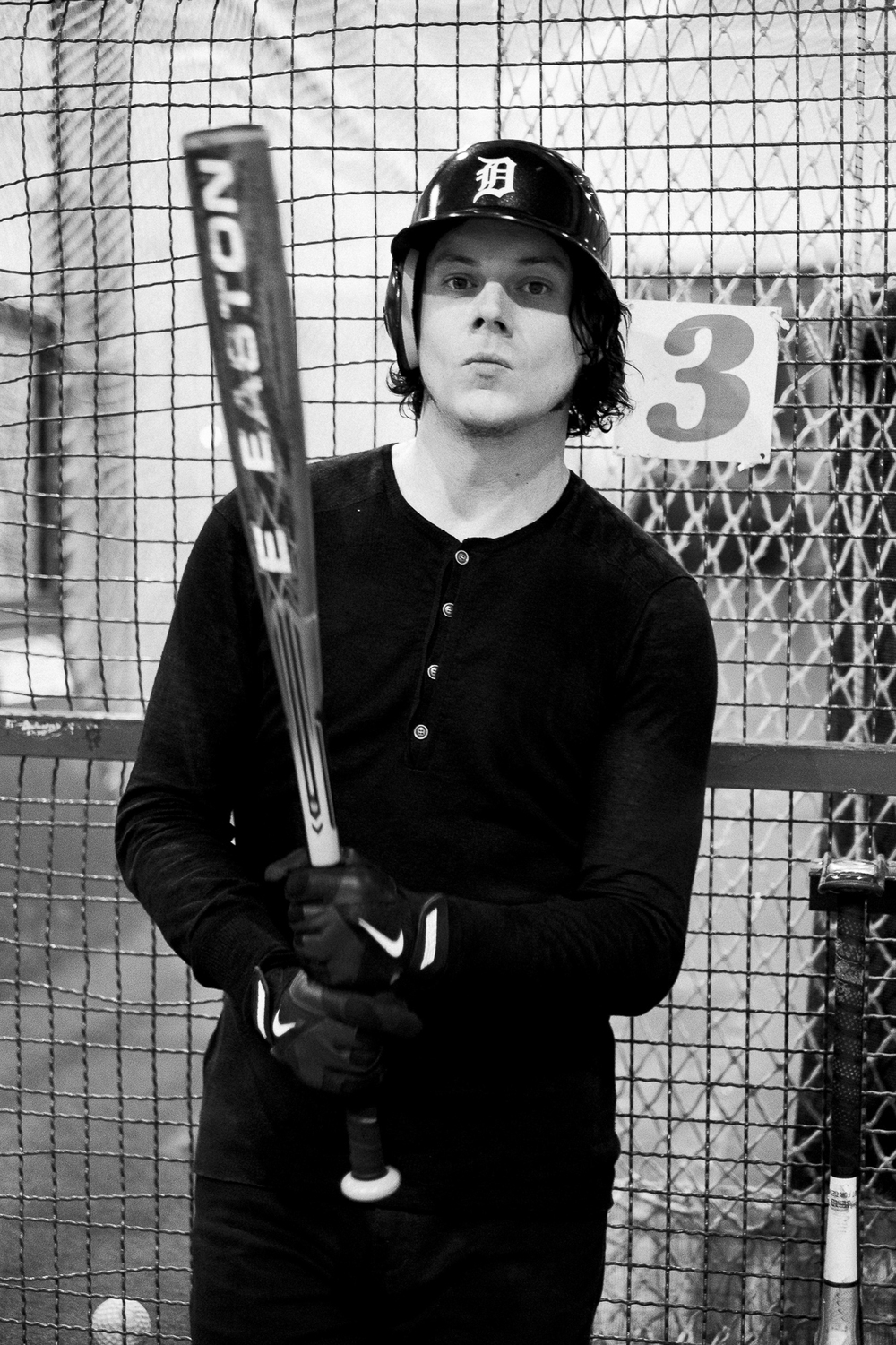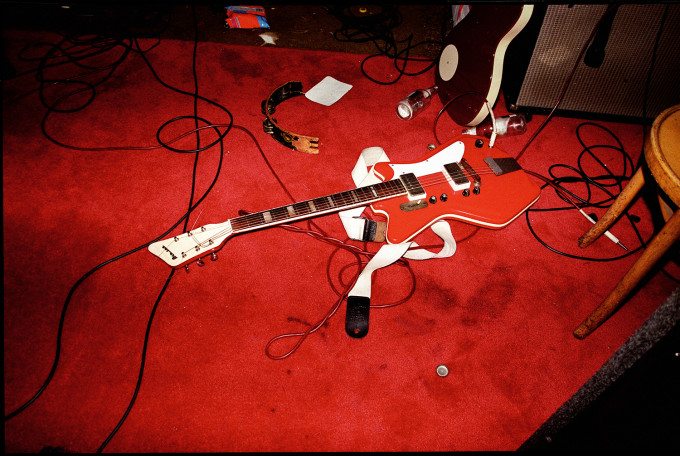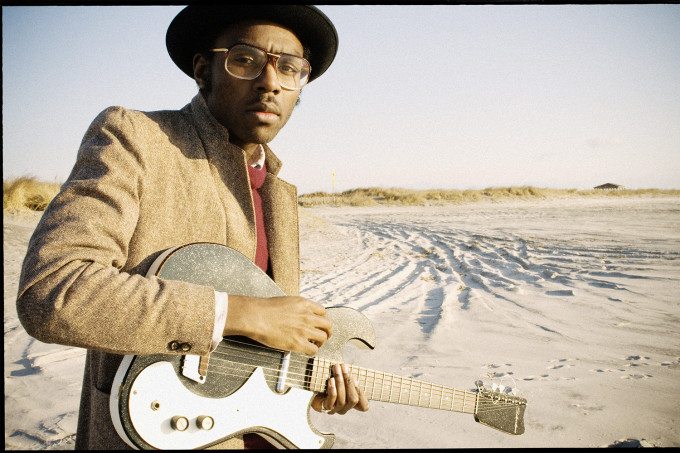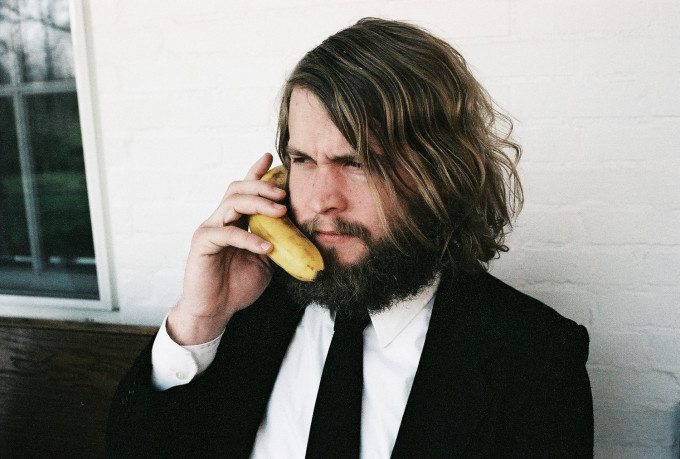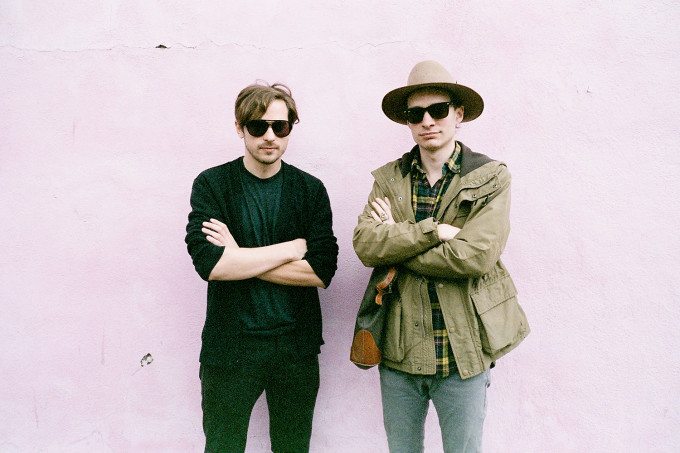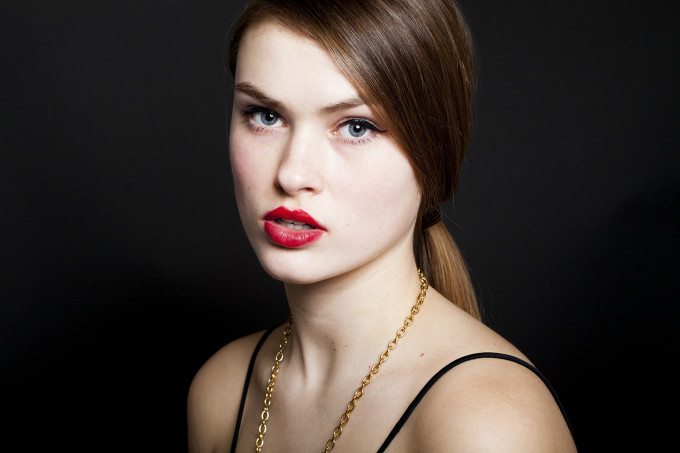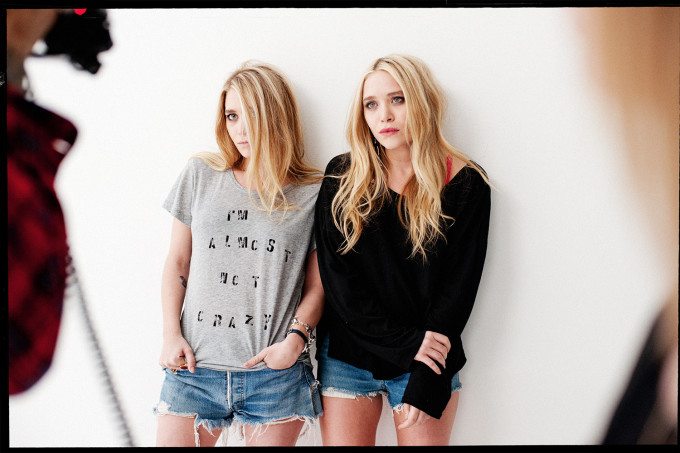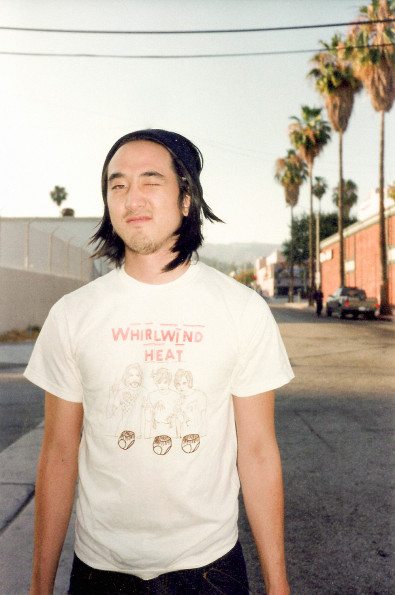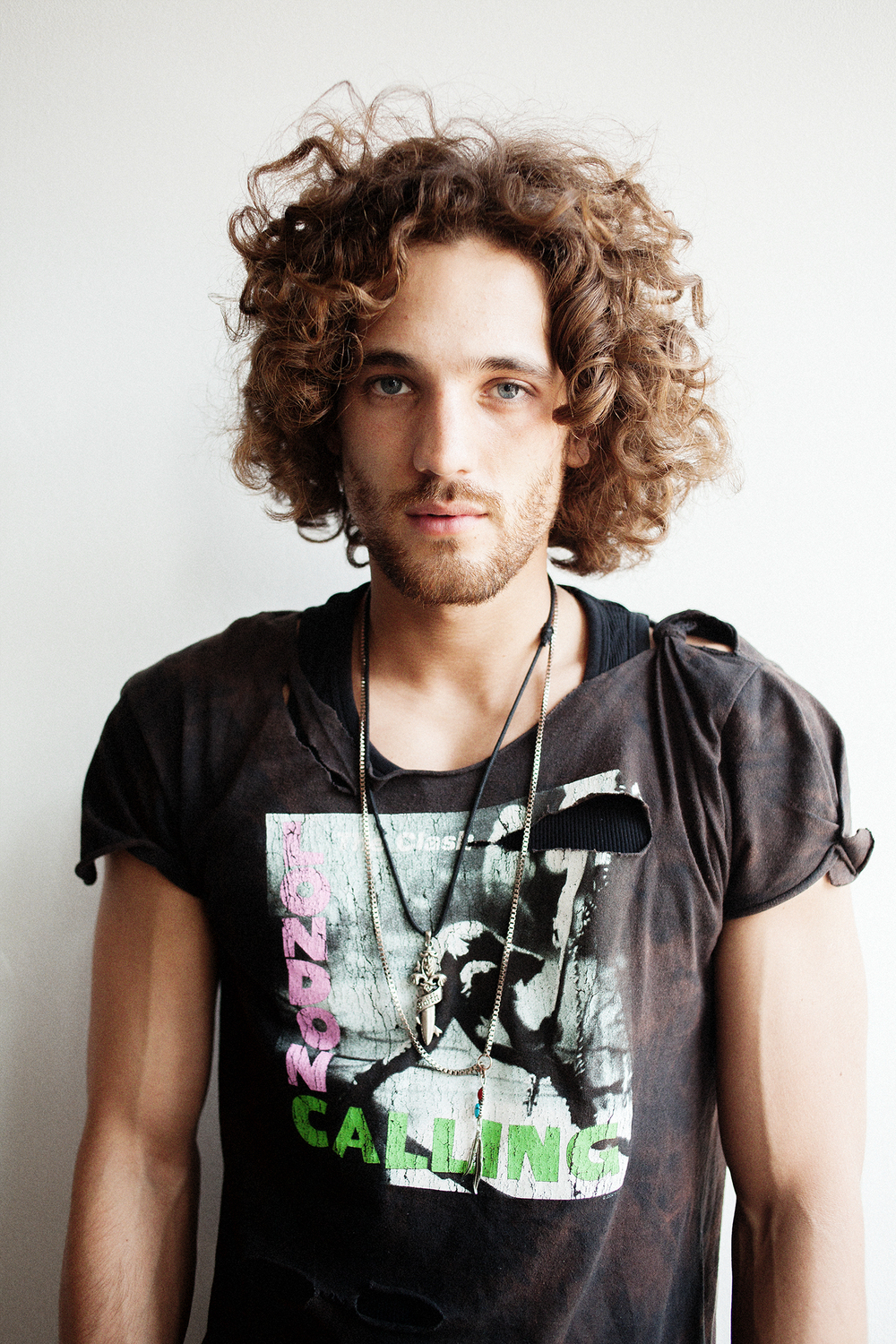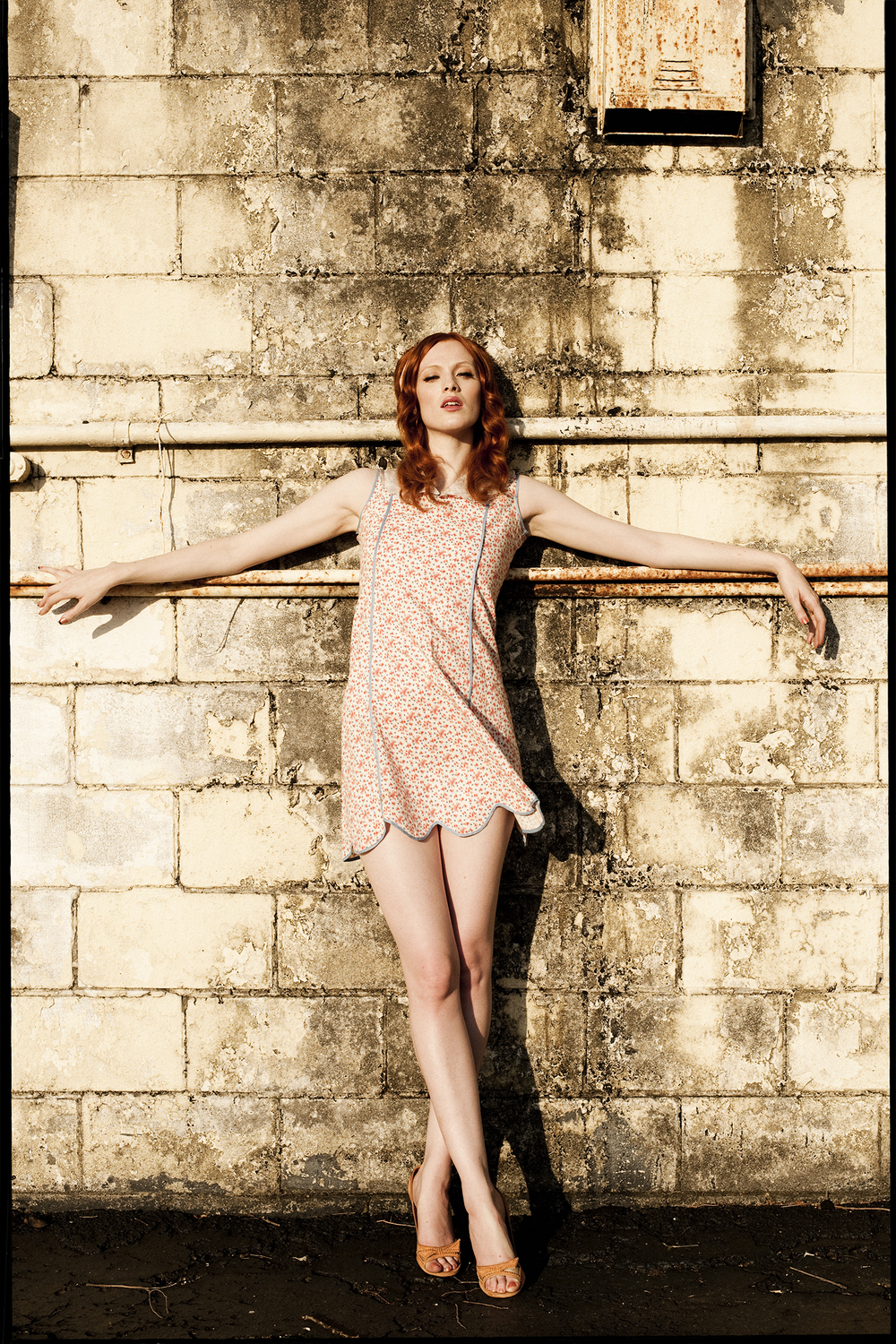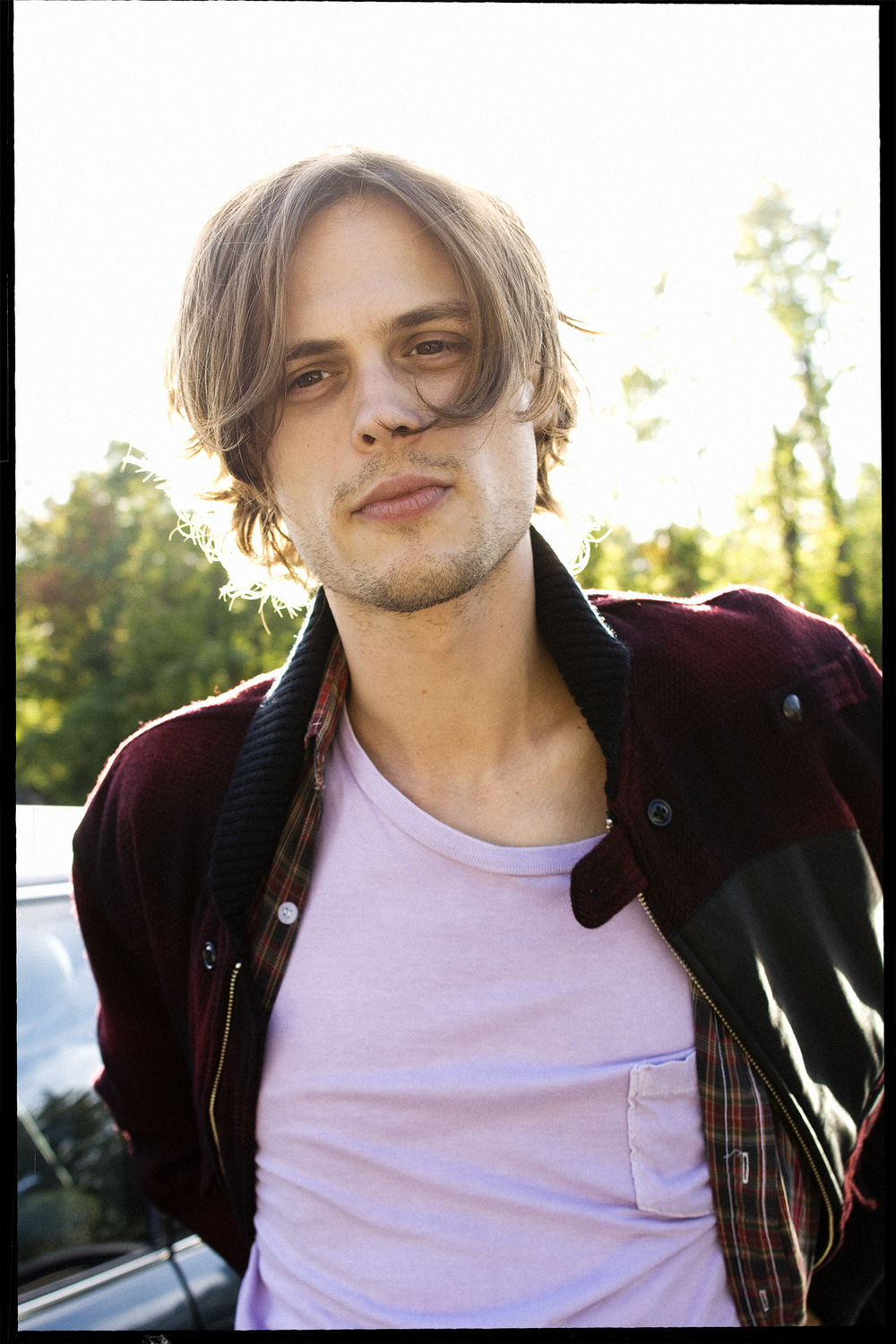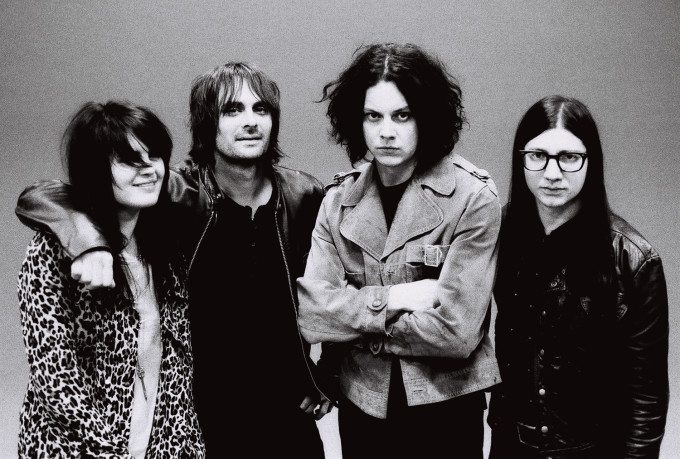All images by David James Swanson. Used with permission.
David James Swanson has been a professional photographer in NYC since 2007. Before this, he was in a band and used to do the photos all by himself. Then one day he met up with Terry Richardson and the famous photographer photographed David’s band. When David began to get more into photography, he started out by assisting Terry. After a while, he became Jack White’s (from the White Stripes) tour photographer. Most recently, he teamed up with the Impossible project after the company collaborated with White’s label.
David has stories and quotes for days–and we had the opportunity to talk to him very recently about all this and his feelings on Instagram versus a tangible photo.
Phoblographer: Talk to us about how you first got into photography.
David: I was 16 years old and I just started dating a girl. I bought some disposable cameras to take some photos of her (just incase she dumped me! ha) and my band called Whirlwind Heat. My sister worked at a One Hour Photo lab, so I could get the film developed cheap. This is in 1997.
I started to get interested in taking more photos and bought a Canon AE-1 as my first camera. My girlfriend was into fashion, buying W, Vogue, The Face, I-D magazine, etc and I started to study photographers I liked in those magazines, mainly Juergen Teller and Terry Richardson. I really loved how real the images felt. Like I was standing in the room with them when they took the photos. My last year of high school I took a black and white photography course and started to develop film and prints in my basement.
Phoblographer: What made you want to get into music photography?
David: Music photography happened because I was playing music. I had a band called Whirlwind Heat. So I shot us with a tripod, documented bands we played with and my travels on the tours we went on. I pretty much just shot my life from 16 onward. In between tours I would work at a One Hour Photo lab so I could develop my color film.
Phoblographer: You’ve got one heck of a resume: and we always tell people who a lot of the photography world is about people skills. So how did you get your professional start and continue to keep the pace up?
David: Whirlwind Heat needed press photos shot, so I asked Terry Richardson’s agent to put him on the guest list when we played Bowery Ballroom in New York City. After we played I was walking through the crowd and bumped into him. We talked and the next time we came to NYC he photographed us. I also knew how to build websites at the time, this is 2001 or 2002, and Terry needed one, so I would fly into NYC and help build his site when I wasn’t touring. I learned a lot about the commercial business of photography from Terry and his studio Manager Seth Goldfarb. I just kept shooting bands we toured with. One being The White Stripes. Jack would ask me to come and document them making their albums. Taking photos and video. In 2007, I decided to move to NYC full-time and pursue photography, assisting Terry and shooting on my own. Making new friends and just staying interested in different things and saying yes to opportunities when they came.
Phoblographer: You were a tour photographer for Jack White. When you first got the gig, what was going through your head? How did you go about prepping for the tour?
David: Jack and I are good friends. The first thing I thought was, this is gonna be great! Hanging out with my friend and taking pictures. I didn’t do much prep for the tour. I shoot simple, fly on the wall. If I need some light I use existing light or a flash. Unless I’m in the studio. I traded in my 5D for a 6D because its better in low light, and got a larger lens. Other than that no prep was needed.
Phoblographer: Being a tour photographer is essentially a combination of doing portraiture work and documentary work. So what was it like documenting life on the road for Jack? Were there any really big and memorable moments that always stick out to you?
David: Anytime you’re asked to document something–it’s special. Regardless of who or what it is. What I love about photography is that we can look at them 20 years from now and its a special moment for me or someone. All my photos are personal because I was there. Its part of me. Part of the road I’m on. That’s my favorite thing about photography. Not anything technical. I guess documenting life on tour with Jack was documenting my life on tour with Jack. It’s what I got to see daily. So I enjoyed it very much. There are so many nice people on that tour. Lots of memorable moments. Most I documented. Most haven’t been seen. One day will, hopefully in a book. Lots of baseball, backstage, meeting new people.
The most memorable moment is hanging out and documenting Ikey Owens. He was Jack’s keyboard player who passed away suddenly on tour. He was larger than life. His personality couldn’t be any more entertaining or special. A great guy. Hilarious, solid, emotional and real. Time spent with Ikey will always be the high light of the Lazaretto Trip.
Phoblographer: You’ve also worked with Terry Richardson, what is it like assisting for him?
David: First, Terry is a sweet heart. Second, assisting him can be a ton of fun. His set up is simple, not a lot of equipment is needed so assisting Terry is more about creating an environment for people to feel comfortable. A fun environment. Playing good music is a big one and joking around. keeping things light.
Phoblographer: Terry is very much known for his wild photos and creating images that really grab people, though he is criticized by the technical world of photographers. What did he teach you about the photography world?

David: I’ve learned so much from him. The thing I learned the most is, photography can be about technique, but technique isn’t what makes the image special. It’s who or what you photograph, what you bring to the table as a photographer. Terry is best at isolating someone on a white wall and getting them to be themselves. It’s about having a moment in life with someone. And hopefully that moment is real. He doesn’t have to direct them. He creates an environment where the subject feels comfortable and has fun. Not all photography has to be serious. Terry does serious work and fun work. He’s inspired a whole generation of photographers.
Phoblographer: When the Impossible Project decided to collaborate with you on the launch of a new film product, what went through your mind? What do you think of instant film photography in a day where everyone is all about digital and Instagram?
David: I love Instant Photography. I love digital and Instagram as well. Like I said before it’s about documenting a moment for me. Each of these formats is a tool to get what you want to say or document. Impossible Project is so much fun! I love the fact that you shoot the moment and then its gone, you have to wait a minute to see if you have the image, which is great, and you don’t shoot as much as you would with digital or Instagram. In general I like to shoot only one or two images of a subject. Unless it’s a photoshoot. And Impossible is perfect for that. Plus its tangible. I love to hold an image in my had, instantly. My daughter loves them. Kids love them.
Phoblographer: The experience of shooting instant film had to be much different from the stuff that you normally do. What was it like?
David: Well, I shot a ton of Polaroid back in the day, late 90’s and early 2000’s. I documented The White Stripes album Icky Thump with a Polaroid 680 SLR and only 600 speed film. So I’m well-versed in Instant Film, but yes, it had been a while since I shot it consistently. The major difference is for the way I document things, I usually get “one shot” then the moment’s gone. So the anticipation is thrilling! Waiting to see if I exposed the image correctly. Is it in focus? Is it composed right? Is it what I was looking for? I love all of that. It’s exciting!
Phoblographer: What place do you think instant film holds in our society today in the photography world?
David: I think it’s needed. I think having something tangible and using your senses is important. Photography on Instagram is great because you’re talking with pictures. I love that. But I feel like the lack of respect for photography is apparent in that medium. People slide past shots so quick and forget about them. The images don’t feel special. They feel disposable. With Instant Film they feel special. You don’t want to toss one even if it didn’t turn out right. You can hang them up. You can re-photograph them and post them on Instagram or email them.
Phoblographer: What are some goals that you’re trying to achieve by the end of the year as a photographer and how are you trying to achieve them?
David: I’ve gotten back into developing black and white film myself. So, I’m going to continue to do that. Keep documenting my life as it happens and try to photograph things I find interesting. Travel. Shoot.


